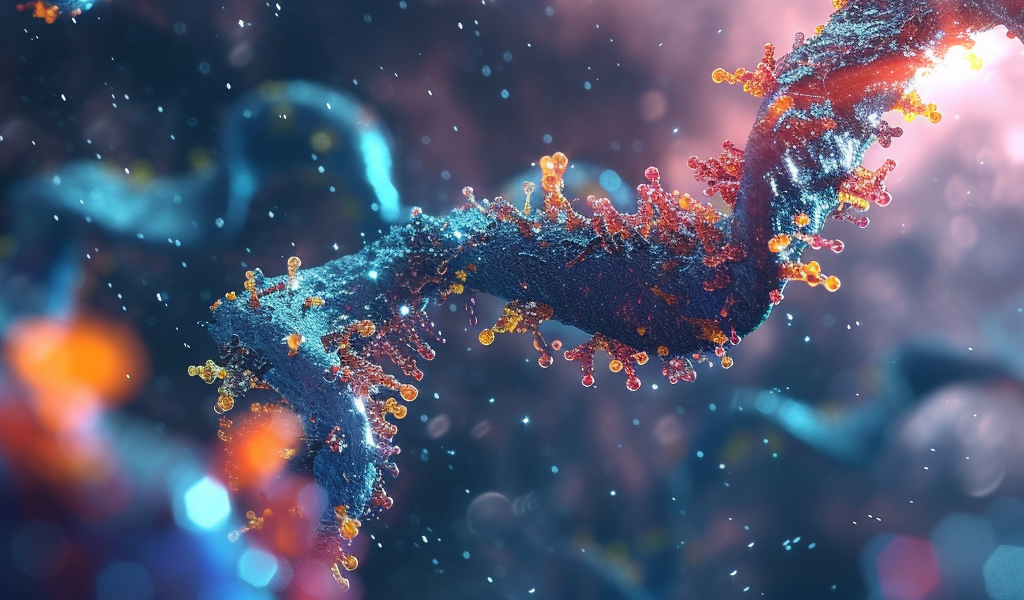Stanford researchers uncover mechanism behind expedited transcription rates in growing cells
We have updated our Privacy Policy to provide a clearer understanding of how we utilize your personal data. Our use of cookies aims to enhance your experience. For more information, you can refer to our Cookie Policy.
Similar to how expanding companies increase their workforce, cells must also boost their production of internal biomolecules as they grow in size to maintain their health. In the 1970s, biologists revealed that this scaled-up biosynthesis relies on faster rates of transcription, the process through which genetic blueprints in DNA are copied over to RNA molecules. However, the mechanism behind the expedited transcription rates has remained unclear for over half a century.
Stanford researchers have now reported in a new study that they have unraveled this mystery. The researchers discovered that growing cells can produce the RNA they need due to the increasing availability of a critical enzyme called RNA polymerase II (RNAPII), which escalates with cell size. This enzyme binds to DNA to produce messenger RNA (mRNA), an essential molecule that delivers instructions to a cell’s protein-making factories.
Cells of varying sizes can thus proportionally maintain their biomolecules at near-constant concentrations and continue functioning efficiently as they grow. These findings not only shed new light on fundamental cellular biology but are also significant because breakdowns in biosynthetic scaling likely play a major role in cell deterioration, leading to diseases and aging.
Matthew Swaffer, the lead author of the study published in the journal Cell on Nov. 22, stated, “In this study, we have answered the long-standing question: How does transcription increase with cell size? As cells grow and get larger, they need to increase the synthesis of everything within them, and now we have a much better understanding of the processes and mechanisms involved.” Swaffer conducted the work as a postdoctoral researcher in the lab of Jan Skotheim, a professor of biology in Stanford’s School of Humanities and Sciences. Swaffer is now a group leader at the Wellcome Centre for Cell Biology at the University of Edinburgh.
In their study, the Stanford researchers also discovered a supplemental mechanism that kicks in when cells get too big.





